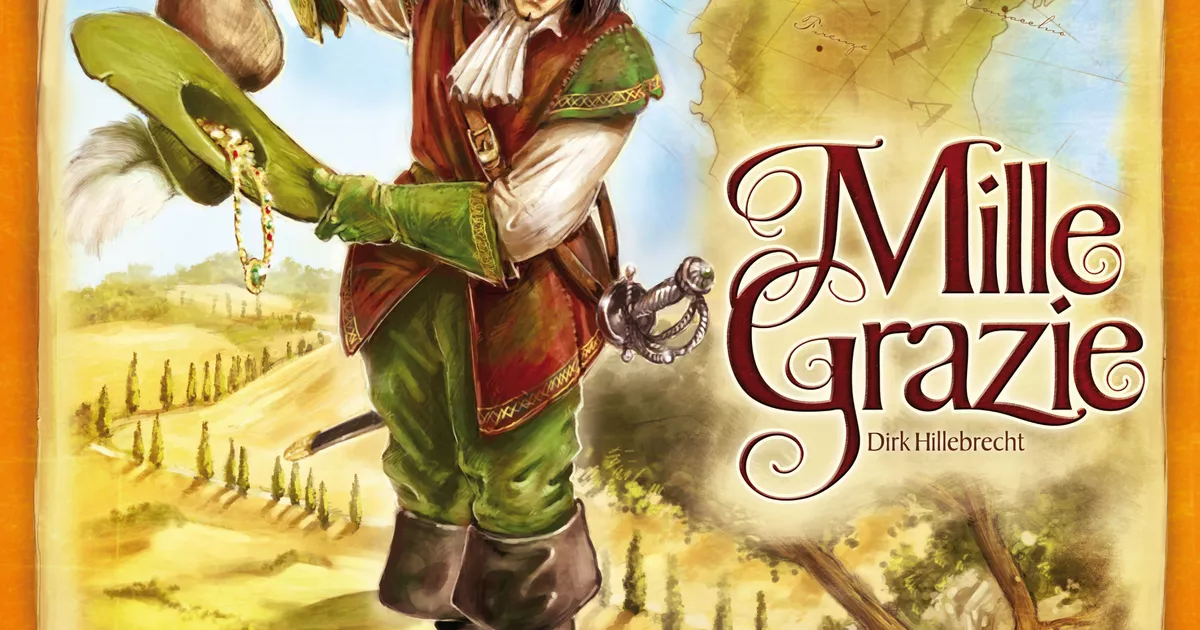In the beautiful tapestry of the Italian language, one phrase that stands out is grazie mille. Literally translating to “a thousand thanks,” this phrase carries an air of warmth, gratitude, and cultural depth that reflects the essence of Italian hospitality. Whether you’re planning a trip to Italy, diving into the richness of its language, or simply curious about Italian expressions, Grazie Mille is a phrase worth exploring in detail.
Understanding “Grazie Mille”

The phrase grazie mille combines two words:
- Grazie: Derived from the Latin word gratia, meaning “favor” or “grace,” it serves as the Italian equivalent of “thank you.”
- Mille: Meaning “thousand,” this word amplifies the gratitude expressed in the phrase.
When you say grazie mille, you are not merely thanking someone; you are emphasizing your heartfelt appreciation, akin to saying “thanks a million” in English.
When and How to Use “Grazie Mille”
In Italy, expressions of politeness and gratitude are deeply ingrained in everyday interactions. Knowing how to use grazie mille can make your interactions more genuine and culturally sensitive. Here are a few scenarios:
- Casual Situations
If someone holds the door open for you or helps you with directions, saying grazie mille is a lovely way to acknowledge their kindness. - Formal Encounters
In a more formal setting, such as thanking a waiter for exceptional service at a fine dining restaurant, grazie mille strikes the perfect balance between politeness and sincerity. - Gifts or Favors
When someone goes out of their way to do something for you—like giving you a thoughtful gift or helping you with a personal matter—using grazie mille demonstrates genuine gratitude. - Public Speeches or Acknowledgements
At events or ceremonies, expressing thanks with grazie mille adds a touch of eloquence and authenticity, especially if you are addressing an Italian audience.
The Cultural Significance of Gratitude in Italy

Gratitude in Italy is more than just a social courtesy; it reflects a sense of connection and mutual respect. Italians are known for their expressive communication style, and phrases like Grazie Mille are often accompanied by gestures such as a warm smile, a nod, or even a gentle touch on the arm. These non-verbal cues amplify the sincerity of the words.
Additionally, gratitude is woven into the fabric of Italian traditions. For instance:
- When dining at someone’s home, it is customary to bring a gift and say grazie mille to the host for their hospitality.
- During festivals, where community efforts shine, expressing thanks becomes a way to celebrate shared accomplishments.
Alternative Ways to Say “Thank You” in Italian
While grazie mille is versatile and widely used, there are other expressions to consider depending on the context:
- Grazie di cuore
Translating to “thanks from the heart,” this phrase conveys deep and personal gratitude. - Molte grazie
This means “many thanks” and is slightly more formal than grazie mille. - Ti ringrazio tanto
A direct way of saying “I thank you so much,” often used in one-on-one conversations. - Grazie infinite
Literally “infinite thanks,” this phrase is a more poetic way to express boundless gratitude.
Each expression carries its nuances, allowing speakers to tailor their appreciation to the situation.
“Grazie Mille” in Modern Italian Culture
In today’s fast-paced world, grazie mille continues to hold a special place in Italian communication. With the rise of digital communication, it has found its way into emails, texts, and even social media. Whether responding to a helpful comment online or expressing gratitude in a formal email, grazie mille remains a go-to phrase.
Here’s an example of how it might appear in an email:
“Gentile Maria, grazie mille per il tuo aiuto con il progetto. Non avremmo potuto farcela senza di te!”
(“Dear Maria, a thousand thanks for your help with the project. We couldn’t have done it without you!”)
This adaptability highlights the timelessness of the phrase.
Learning Italian Through Expressions Like “Grazie Mille”
For language learners, phrases like Grazie Mille offer a window into the soul of Italian culture. They are easy to remember, widely applicable, and provide a solid foundation for building conversational skills. Learning expressions of gratitude can also help foster meaningful connections when traveling or interacting with Italian speakers.
To practice using grazie mille, try incorporating it into your daily life:
- Thank someone for a favor by saying it out loud.
- Write it in a journal entry where you reflect on what you’re grateful for.
- Use it in a conversation with an Italian friend or tutor.
Over time, you’ll find that expressing gratitude in Italian becomes second nature.
Fun Facts About “Grazie Mille”

- Roman Roots: The concept of expressing gratitude in Italy dates back to Roman times, where public thanks were often given in the form of inscriptions or speeches.
- Pop Culture: The phrase has been popularized in movies, music, and literature, making it a recognizable element of Italian identity worldwide.
- Regional Variations: In some parts of Italy, you might hear variations like grazie tante (many thanks) or even local dialectal expressions of gratitude.
Going Beyond “Grazie Mille”
Gratitude in Italian culture is not limited to words. Actions often speak louder than phrases, and Italians excel at showing their appreciation through gestures. For instance:
- Sharing a meal is one of the most heartfelt ways to say thank you in Italy. A host might prepare a special dish to express their gratitude.
- Giving a small token, such as a bottle of wine or a handwritten note, is another common way to show thanks.
If you want to truly embrace Italian culture, consider pairing grazie mille with a thoughtful gesture that reflects your appreciation.
Why Gratitude Matters

At its core, grazie mille reminds us of the importance of gratitude in our lives. In a world where it’s easy to take things for granted, expressing thanks—even in a different language—can be a powerful act of connection. Saying grazie mille is not just about acknowledging kindness; it’s about fostering a spirit of generosity and warmth.
Conclusion
Whether you’re wandering the cobblestone streets of Rome, savoring a gelato in Florence, or simply interacting with an Italian friend, Grazie Mille is a phrase that will serve you well. Its charm lies in its simplicity and sincerity, encapsulating the rich cultural ethos of Italy in just two words. So, the next time you want to express your gratitude, remember this quintessential Italian phrase and say it with a smile. Grazie mille!


